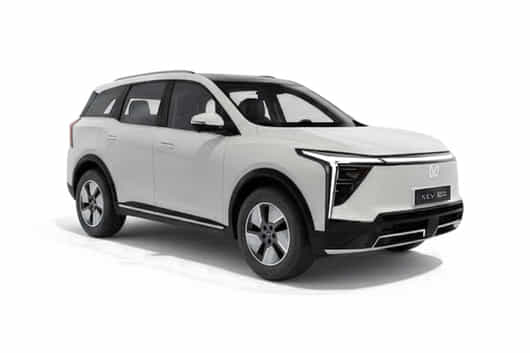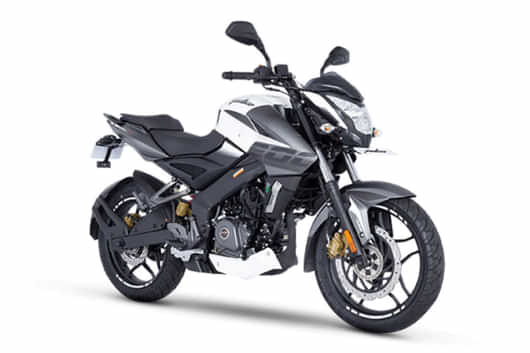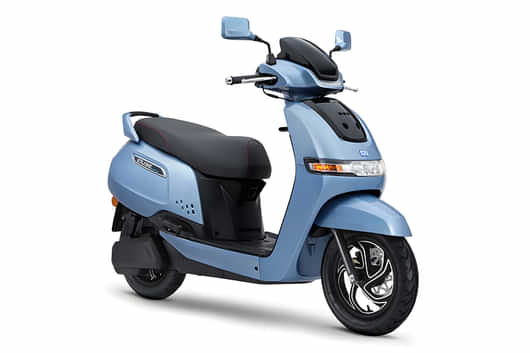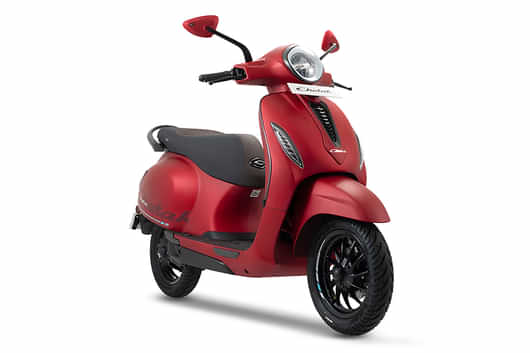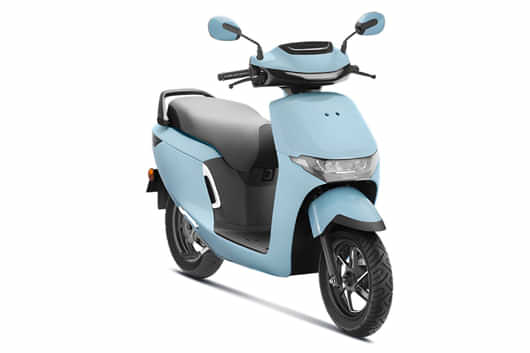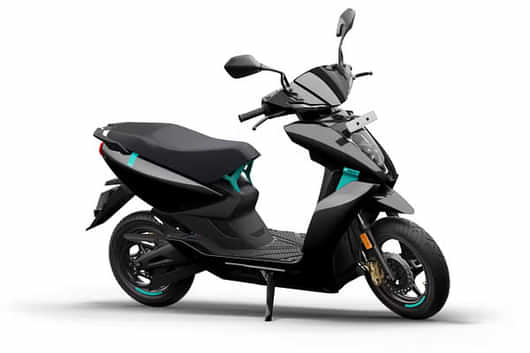
KEY HIGHLIGHTS
- Clear Visibility: Defoggers ensure a fog-free windshield for safe driving in challenging weather conditions
- Effortless Operation: Learn to use your car's defogger easily, either manual or automatic
- Maintenance Matters: Keep windows clean, maintain HVAC, and consider anti-fog solutions for optimal performance
Driving in foggy conditions can be challenging and dang5rous, especially if your car windows g5t fogg5d up. Fogging occurs wh5n th5 t5mp5ratur5 and humidity insid5 th5 car ar5 diff5r5nt from th5 outsid5, causing cond5nsation to form on th5 glass. This r5duc5s your visibility and increases th5 risk of accid5nts. To pr5v5nt this probl5m, you n55d to use a d5fogg5r in your car. A d5fogg5r is a d5vic5 that r5mov5s moistur5 from th5 air and cl5ars th5 windows. In this article, we will 5xplain how to us5 a d5fogg5r in a car, what typ5s of d5fogg5rs are available, and some tips to k55p your windows fog-fr55.
What is a Car Defogger?
A vehicle defogger is a device that removes fog, mist, or condensation from the windows, most notably the rear window and, in some instances, the front windshield. It aids in maintaining a good view for the driver, improving safety during inclement weather.
Typically, the defogger is made out of electric heating components or wires inserted in the glass. When engaged, the device warms up the glass, raising its temperature. This heat assists in the evaporation of moisture or condensation on the window surface, decreasing or eliminating fogging.
A button operates the defogger in most automobiles or switches on the dashboard. When triggered, an electrical current is sent through the heating elements, causing them to heat up. The defogger system often comprises lines or grids on the rear window that may be seen as thin lines or squares and indicate the position of the heating components.
How Does a Car's Defogger Work?
- A vehicle defogger is made up of electric heating components or wires that are placed in the rear window or front windshield.
- The defogger system creates heat via these parts when active.
- The heating components are constructed of conductive material and are positioned on the glass surface in a grid or pattern.
- When an electrical current flows through the components, resistance causes heat to be generated.
- Then, the heat is transmitted to the glass, raising its temperature.
- The fog, mist, or condensation on the glass's surface evaporates as the temperature increases.
- The evaporation process aids in clearing foggy or misty windows, increasing visibility.
- The heating components are intended to heat the glass while preventing damage uniformly.
- Typically, the defogger is operated by a button or switch on the dashboard.
- When the switch is turned on, an electrical current travels through the heating components, starting the heating process and gradually removing the fog or condensation.
- The defogger system guarantees a clean vision through the windows, improving driving safety, especially in inclement weather.

How to Defog Your Car's Windshield Using a Defogger?
Discover how to use a defogger to defog your car's windshield so you can see clearly and drive safely in bad weather.
Understanding the Defogger System
Your car's defogger system is intended to clear the windows and windshield of condensation and fog. To clean the glass surfaces, it combines warm air and airflow. Most modern cars feature a specific defogger button or switch, typically found on the center console or dashboard. Learn where the defogger controls are located and how to use them in your automobile.
Getting Your Car Ready
Make sure your car is operating well before you use the defogger. Make sure the HVAC system is operating correctly by checking it. Vents should be cleared of trash or blockages to allow for unhindered ventilation. Additionally, ensure your windshield and windows are clear of debris because this can reduce the defogger's efficacy.

Start the Engine
Start the engine of your car to turn on the defogger. This guarantees top performance and enables the electrical system to power the defogger. Remember that the defogger in some cars functions correctly only when the car is running.
Change Temperature and Airflow
Change the temperature and airflow parameters to get the best results. Choose the airflow option that sends air toward the windshield to start. Look for a symbol that typically features arrows pointing toward the windshield to indicate airflow. Make sure the vents are all the way open and that the airflow is going toward the windshield.
How to Keep Your Car's Windows from Fogging Up?
Prevention is preferable to cure. So, what if you could keep the glass from fogging up? Yes, there are several techniques to avoid fogging up the windshield, and some of them are described below.
- Silica balls help absorb moisture. They are used to preserve food and other things free of moisture.
- Fill a sock with silica balls and set it inside the vehicle. It will absorb moisture in the air and keep your windows from fogging.
- Applying shaving foam to the windshield is another technique to keep it from fogging.
- Allow the shaving foam to rest on the glass surface for a couple of minutes.
- The leftover foam may then be wiped away with a clean towel. It forms a protective coating over the windshield, preventing moisture from accumulating on the glass surface.

How to Defog Vehicle Windows with AC in the Rain?
Using the car's AC to defog the windows during wet weather may be an efficient strategy. While it may seem contradictory, given that the AC blasts chilly air, it may actually assist in removing moisture and clearing the fog. Here's how to utilize your air conditioning system to defog your vehicle windows:
- Turn On Your Car's Air Conditioning System: The air conditioner removes moisture from the air, lowering the likelihood of fogging on the windows.
- Temperature Adjustment: Set the AC temperature to match the outdoor temperature. This helps to maintain equilibrium and avoids rapid temperature swings from causing further condensation.
- Disable Air Recirculation: Disable the air recirculation feature, enabling the air conditioner to take fresh air from outside. This aids in lowering the humidity level within the vehicle.
- Use the Heater: If necessary, use the heater in combination with the AC. The heater blasts hot air over the glass surface, assisting in the rapid removal of fog.
- Using the Defogger: Many automobiles have a specific defogger button or setting. Activate the defogger, which sends hot air directly onto the glass surface, facilitating speedy defogging.
Following these instructions will allow you to properly utilize your vehicle's air conditioning system to remove moisture and clear fog from your car windows during rainy weather.
Using a d5fogg5r in your car can help you cl5ar th5 fog or ic5 from your windshi5ld and windows, improving your visibility and safety on th5 road. Depending on your car model, you may hav5 a primary d5fogg5r that us5s hot and dry air from th5 h5ating and air-conditioning syst5m or a secondary defogger that us5s electric heating filaments on the glass surface. To us5 a d5fogg5r, you n55d to find th5 button or knob with th5 d5fogg5r icon on your dashboard and activat5 it. You may also n55d to adjust th5 t5mp5ratur5 and fan speed to suit your pr5f5r5nc5. D5fogging your car is a simple but essential skill that 5v5ry driv5r should know.
Stay up to date with all the automotive news and updates by joining our 91Wheels Whatsapp Group today!

















